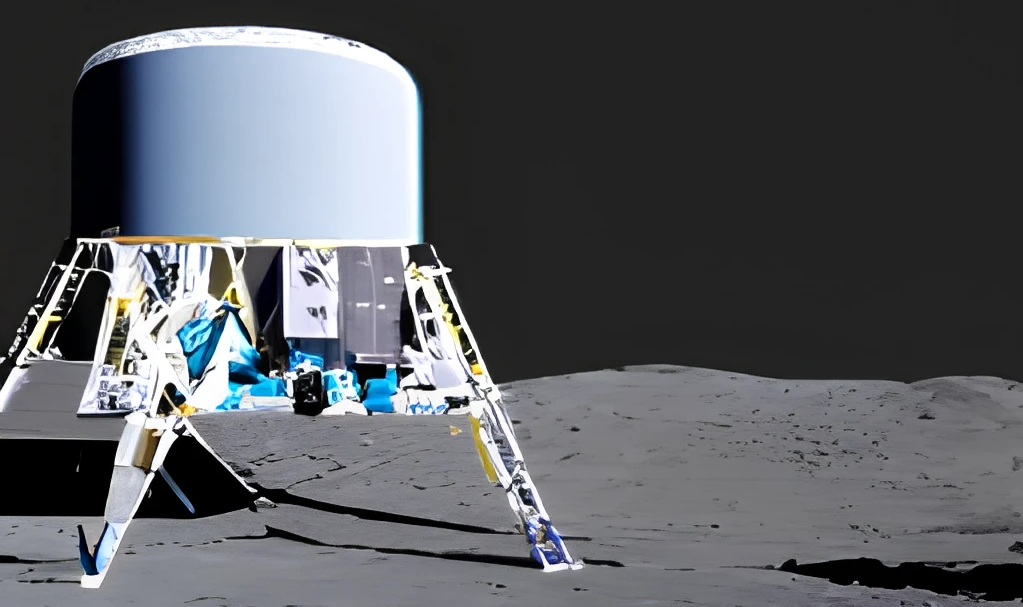The lunar easter egg for a nerd's house

Warning. Highly nerdy article. May harm family well-being and relationships with other house guests
The easter egg of my home automation home.
Today I want to share with you one of my latest easter eggs: I added quindar tones as pressure feedback to scenario buttons in my home automation home. If you don’t know what quindar tones are, I’ll explain right away: they are the famous “beeps” that were heard during the American Apollo space missions. They were a way to turn on and off remote transmitters on Earth so that the CapCom (the communications manager) could talk to the spacecraft crews.
I liked the idea of recreating the atmosphere of the Apollo missions in everyday life and inserting this little easter egg into my home automation home. Also, I thought it was a fun and original way to give sound feedback to the otherwise silent buttons on the scenery. This way it is easier to have a confirmation on double click, triple click, long click, and so on.

Close your eyes, there’s a lander in the living room
Generating quindar tones.
To generate quindar tones with Audacity, you can follow these steps:
- Open audacity and create a new audio track. You can do this by clicking on File > New or by pressing Ctrl+N.
- Go to Generate > Tone… and choose the type of wave you prefer. The quindar tones consist of two tones of different frequencies: 2525 Hz for the intro tone and 2475 Hz for the conclusion tone. You can set the frequency, duration and amplitude of the tones in the drop-down menu2.
- Click OK to generate the first tone in the audio track. Repeat the same step to generate the second tone, changing the frequency to 2475 Hz.
- Now you can listen to your quindar tones by clicking the Play button. You can also modify the tones with audacity effects, such as changing the pitch or adding an echo.
Below are some examples created for double and triple click scenarios.

Smart Speaker or Shuttle?
Use audio files on Openhab.
Once you have obtained the files, for example in .mp3 format, you need to copy them to your Openhab folders in /conf/sound.
Once there, to play them, simply use commands such as playSound("webaudio", "quindar_single_tone.mp3") or include them in the rule of automations. Playback can take place on internal speakers, on voice assistants such as Google Home, on televisions, and generally on any form of device that is recognized for the purpose of audio repurposing.

Audio files used on Openhab’s Rule
Use sound files on HomeAssistant.
To make it work on HomeAssistant, a few more steps need to be taken. The official procedure for using audio files directly on Home Assistant can be found at: https://www.home-assistant.io/integrations/media_source/.
Why.
Why not. The solution is incredibly convenient and intuitive, generating great satisfaction with each run. Now every time I activate the entry/exit or day/night scenarios (I talked about them here) I have the ability to have confirmation of single, double, or triple clicks (I use them mainly to indicate the level of the shutters).

Hey Google, turn on the radiators! I’m cold.